On August 1, 2025, the Court of Justice of the European Union issued a final ruling: upholding its 2022 ruling.
This means removing the carcinogenic classification of titanium dioxide (TiO₂) powder. This decision marks the end of a nearly decade-long scientific and regulatory debate that has impacted numerous industries worldwide.
Titanium dioxide TiO2 powder is widely used in coatings, pharmaceuticals, and food due to its excellent hiding power and whiteness. In 2016, the French Agency for Food Safety, Environmental and Occupational Health (ANSES) submitted a proposal to the European Chemicals Agency (ECHA) requesting that powdered titanium dioxide be classified as a "carcinogen by inhalation." In 2017, ECHA's Risk Assessment Committee (RAC) adopted an opinion supporting its classification as a "Suspected Carcinogen Category 2." In October 2019, the European Commission adopted Delegated Regulation (DE) 2020/217, officially classifying titanium dioxide in powder form (1% or more particles ≤10 microns) as a suspected category 2 carcinogen and requiring the use of a warning label: "H351: May cause cancer by inhalation."
The current classification and labeling are as follows:
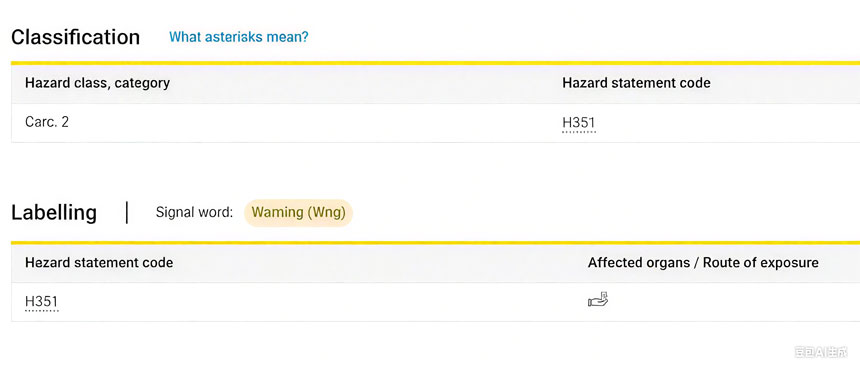

Titanium dioxide classification timeline
|
Year
|
Event
|
Impact
|
|
2016
|
France's ANSES proposes classifying TiO₂ as carcinogen
|
Initial regulatory concern raised
|
|
2017
|
ECHA's RAC supports Category 2 classification
|
Scientific committee endorsement
|
|
2019
|
EU Commission adopts Delegated Regulation (EU) 2020/217
|
Mandatory H351 warning labels implemented
|
|
2022
|
EU General Court annuls the classification
|
Legal challenge succeeds
|
|
2025
|
EU Court of Justice confirms annulment
|
Final resolution of dispute
|
Scientific Basis of the Decision
The CJEU's ruling was based on three key scientific considerations:
1. Mechanism of Action: The Court agreed that the lung tumors observed in the rat studies were caused by particle overload, rather than the intrinsic carcinogenicity of TiO₂ itself.
2. Extrapolation to Humans: The Court concluded that there was insufficient evidence to demonstrate that rat inhalation studies can reliably predict human cancer risk, especially at typical exposure levels.
3. Other Explanations: The ruling stated that the observed effects may be due to inflammation caused by particle accumulation, rather than chemical toxicity.
Direct Industry Impact
This decision will provide significant relief to several industries:
Paints and Coatings: Eliminate warning labels on most architectural and industrial coatings
Plastics: Reduce the classification burden on food packaging and consumer products
Cosmetics: Sunscreens and color cosmetics can now be marketed without carcinogen warnings
Food Industry: Restore confidence in the use of TiO₂ (E171) in food applications
Global Regulatory Impact
While the EU's decision is binding on member states, other regions may react differently:
US: Occupational Safety and Health Administration (OSHA) maintains the current non-carcinogenic classification
Canada: Health Canada continues to monitor emerging evidence
Asia: Most markets have never adopted the EU's precautionary classification
Products Containing Titanium Dioxide
TiO₂ remains essential in many common products:
|
Product Category
|
TiO₂ Function
|
Typical Concentration
|
|
Paints
|
Opacifier/Whitener
|
15-25%
|
|
Plastics
|
UV Stabilizer
|
0.5-5%
|
|
Sunscreens
|
UV Filter
|
2-10%
|
|
Food (E171)
|
Colorant
|
0.1-1%
|
|
Paper
|
Brightener
|
2-8%
|
The EU Court of Justice's final ruling provides much-needed clarity on the safety of titanium dioxide, confirming the position held by many scientists and manufacturers. While regulatory vigilance remains important, this ruling enables industry to capitalize on titanium dioxide's valuable properties without unnecessary carcinogenicity warnings.
FAQ
Q1: What is titanium dioxide TiO2 powder?
A: Titanium dioxide is a naturally occurring titanium oxide used as a white pigment and functional additive in many industrial and consumer applications.
Q2: What common pigments contain titanium dioxide?
A: Several important pigments contain titanium dioxide:
Titanium dioxide (TiO₂): Pure titanium dioxide pigments
Pearlescent pigments: Often titanium dioxide-coated mica is used to achieve iridescent effects
Compound pigments: Many pigments combine titanium dioxide with other colorants
Q3: Is titanium dioxide safe for use in cosmetics?
A: It is safe for its intended use. An EU ruling clearly confirms that there is no evidence that it causes cancer through skin contact.
Q4: Will food-grade titanium dioxide (E171) be reapproved in the EU?
A: While the court ruling does not automatically reinstate E171, it removes the scientific basis for its 2022 ban, which may pave the way for reconsideration.
Q5: How should manufacturers update their product labels?
A: 1. Companies should: Immediately remove the H351 warning from products containing titanium dioxide.
2. Review safety data sheets for compliance updates.
3. Consult with your legal team regarding transitional labeling requirements.
By Lisa Chen, PhD, a materials safety expert with 15 years of experience in chemical risk assessment. Last updated: August 2025
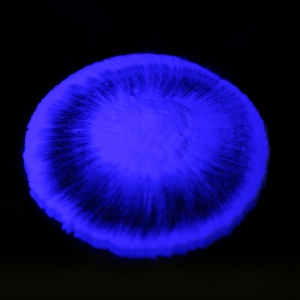
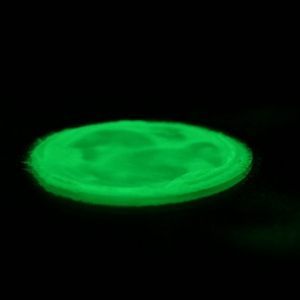
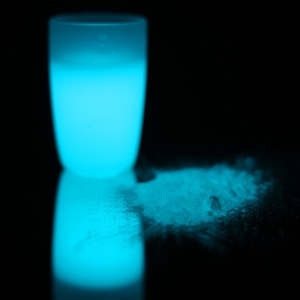

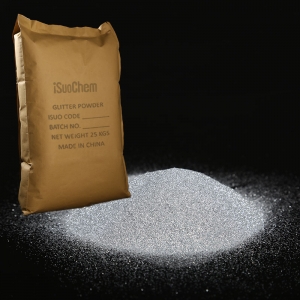
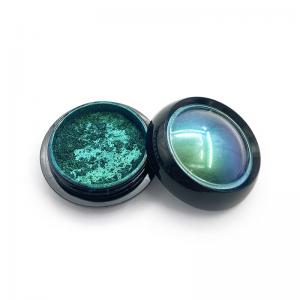






 +86 13965049124
+86 13965049124
 English
English  français
français русский
русский italiano
italiano español
español português
português العربية
العربية 한국의
한국의 ไทย
ไทย Tiếng Việt
Tiếng Việt






